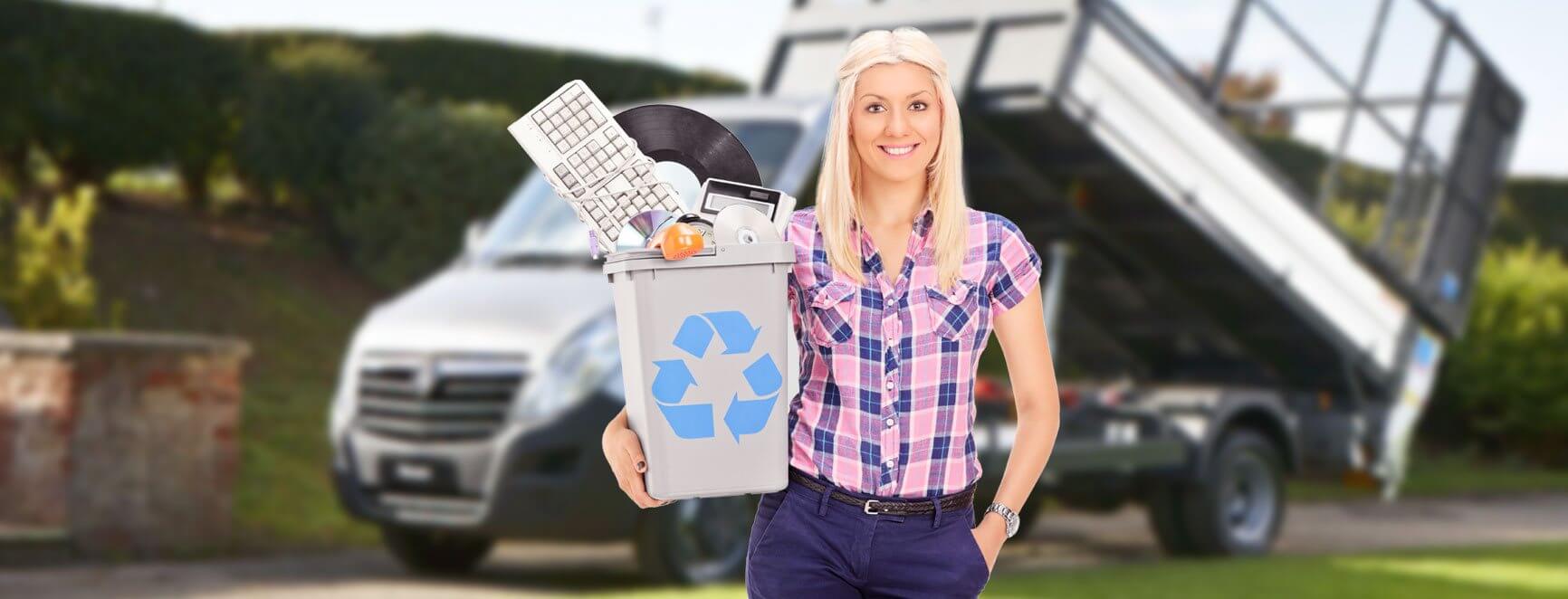Safely Removing Monitors
Posted on 21/03/2025
Whether you're upgrading your monitor, moving your workspace, or simply cleaning your desk, safely removing monitors is crucial. Mishandling your monitor can lead to damage to the device, harm to yourself, or even serious injury. This guide will walk you through the best practices for safely removing your monitor from various setups, ensuring that your equipment remains intact and your experience remains seamless.
Preparation
Before you start, it's essential to prepare for the removal process. This involves a few key steps to ensure everything goes smoothly.
- Power Off: Always turn off and unplug the monitor before you start. This prevents any risk of electrical shock and protects your device from potential electrical damage.
- Clear the Area: Clear the surrounding area of any obstructions or valuables that might get damaged during the removal process.
- Gather Tools: Get any necessary tools ready, such as a screwdriver for detaching the monitor from its stand or wall mount.

Detaching from Stand
Most monitors come with a stand that needs to be detached before the monitor can be removed.
- Read the Manual: Refer to the manufacturer's manual for specific instructions on detaching your monitor stand.
- Unscrew Carefully: Use the appropriate screwdriver to unscrew the bolts or screws attaching the monitor to the stand. Keep these screws safe for future use.
- Lift Gently: Once detached, gently lift the monitor from the stand. Avoid applying too much force as this could damage the device.
Detaching from Wall Mount
If your monitor is wall-mounted, extra care is required. Here's how to do it safely:
- Assistance: It's recommended to have someone assist you when removing a wall-mounted monitor.
- Locate Screws: Identify the screws or bolts holding the monitor to the wall mount.
- Unscrew: Slowly unscrew each bolt while your assistant steadies the monitor.
- Lift Carefully: Carefully lift the monitor off the wall mount. Ensure it is supported at all times to avoid dropping it.
Disconnect Cables
After detaching the monitor from its stand or wall mount, the next step is to disconnect any cables.
- Identify Connections: Identify which cables are connected to your monitor - usually power, HDMI, or DisplayPort.
- Unplug Gently: Carefully unplug each cable. Tugging or pulling too hard can damage both the cable and the port.
Store Safely
Proper storage is important to protect your monitor from dust and damage.
- Original Packaging: Use the original packaging if available. It provides the best fit and protection for your monitor.
- Soft Cloth: If the original packaging isn't available, wrap the monitor in a soft cloth to prevent scratches.
- Secure Storage: Store the monitor in a secure, dry place away from heavy objects that could fall on it.
Pros and Cons
| Pros | Cons |
|---|---|
| Prevents damage to the monitor | Time-consuming process |
| Ensures safety from electrical hazards | Requires careful handling |
| Prolongs the life of the monitor | Might need assistance |
Tips for Safe Monitor Removal
- Label your cables: Label each cable to remember where it connects, making reassembly easier.
- Avoid static: Use an anti-static wrist strap to avoid static electricity which can damage electronic components.
- Check for obstructions: Ensure the monitor's path is free of obstacles before lifting it.

Key Takeaways
Safely removing monitors is more than just an unplug-and-go task. It requires careful preparation, proper tools, and a cautious approach to ensure both your safety and the monitor's longevity.
- Always power off and unplug the monitor before removal.
- Use the correct tools and follow manufacturer instructions.
- Consider assistance when removing wall-mounted monitors.
- Store the monitor securely to avoid future damage.
Conclusion
Removing a monitor safely involves several careful steps, but the effort pays off in maintaining the longevity and performance of your device. By following the guidelines provided in this article, you can avoid unnecessary damage, electrical hazards, and ensure a smooth transition whether you're upgrading, relocating, or performing routine maintenance. Remember, safety should always be a priority in any tech setup operation.





